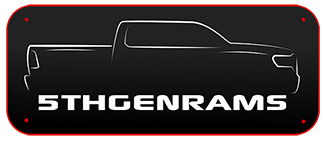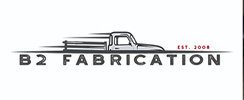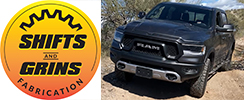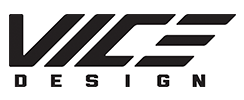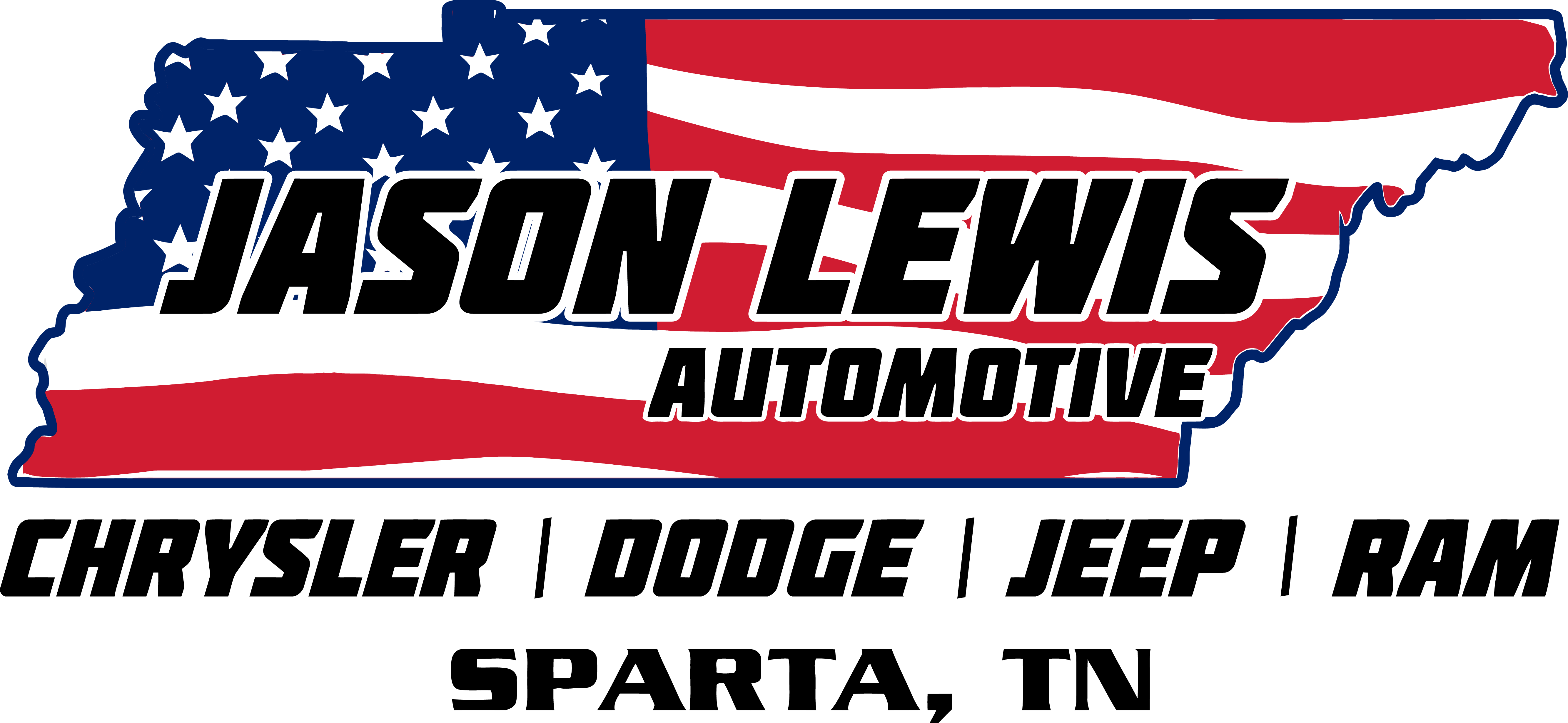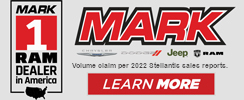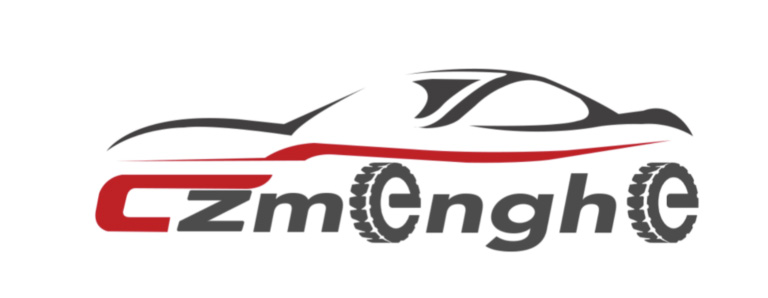Hmmm, no VVT, no MDS but wait, there's more!! Like the ecoboost change, this engine is boosted!
What do boosted engines do that N/A engines don't? Oh yes, additional pressure on the crank and rod bearing areas. What's also done on forced induction/nitrous engines? That's right, you open the bearing clearances up. What? What happens when you open bearing clearances up? Yes, you need a thicker oil.
Choose the right engine bearing clearances and oil viscosity for optimal performance. Synthetic oils excel in racing applications.

www.enginebuildermag.com
Swing and a miss...
